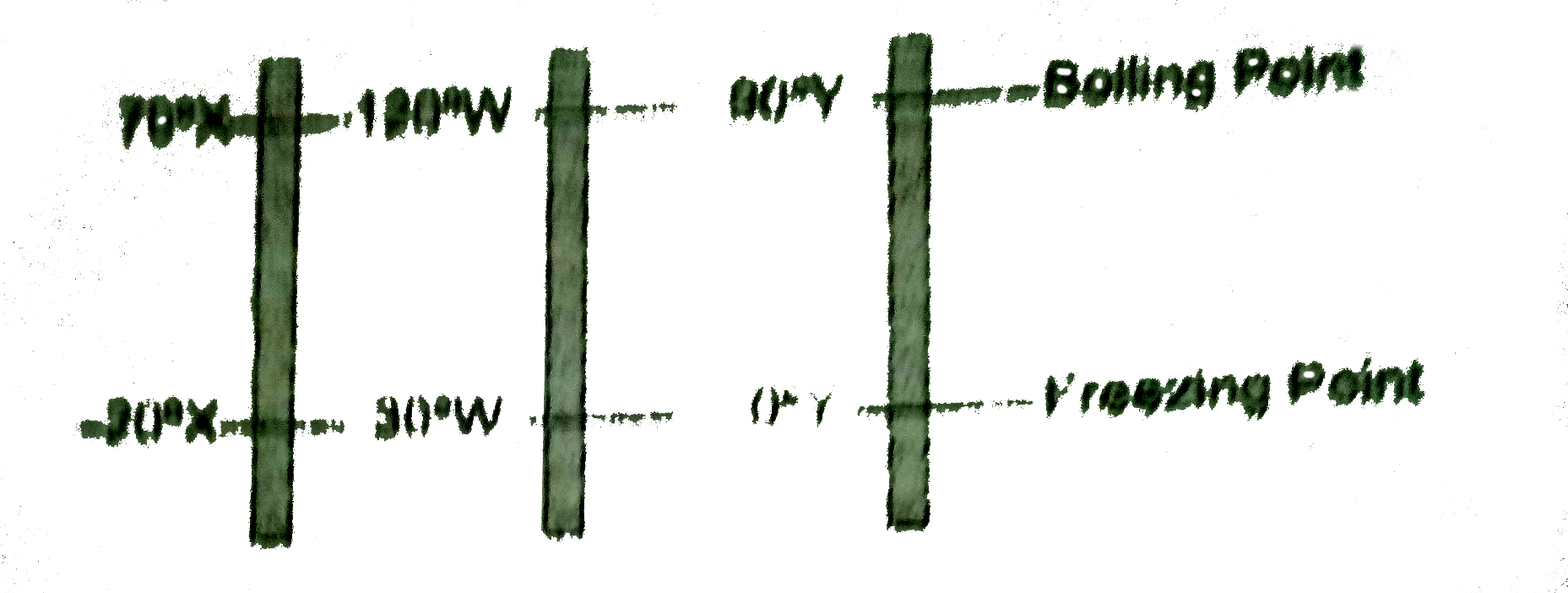How is the size of a degree defined on a Celsius scale ?
To understand how the size of a degree is defined on the Celsius scale, we can break it down into the following steps:
Step 1: Identify the Reference Points
The Celsius scale is based on two key reference points: the freezing point of water and the boiling point of water.
Step 2: Define the Freezing and Boiling Points
- The freezing point of water is defined as 0 degrees Celsius (0°C).
- The boiling point of water is defined as 100 degrees Celsius (100°C).
Step 3: Calculate the Difference
The difference between these two reference points is:
100°C−0°C=100°C
This means there are 100 degrees between the freezing and boiling points of water.
Step 4: Define the Size of a Degree
The size of one degree Celsius is defined as:
Size of 1°C=Difference between boiling and freezing points100
Thus, each degree Celsius represents 1/100th of the temperature difference between the freezing and boiling points of water.
Conclusion
In summary, the size of a degree on the Celsius scale is determined by dividing the temperature range between the freezing point (0°C) and boiling point (100°C) of water into 100 equal parts. Each part represents one degree Celsius.
---
The Celsius scale is based on two key reference points: the freezing point of water and the boiling point of water.
- The freezing point of water is defined as 0 degrees Celsius (0°C).
- The boiling point of water is defined as 100 degrees Celsius (100°C).
The difference between these two reference points is:
100°C−0°C=100°C
This means there are 100 degrees between the freezing and boiling points of water.
The size of one degree Celsius is defined as:
Size of 1°C=Difference between boiling and freezing points100
Thus, each degree Celsius represents 1/100th of the temperature difference between the freezing and boiling points of water.
In summary, the size of a degree on the Celsius scale is determined by dividing the temperature range between the freezing point (0°C) and boiling point (100°C) of water into 100 equal parts. Each part represents one degree Celsius.
Topper's Solved these Questions
- BOOK - ICSECHAPTER - HEATEXERCISE - TEST YOURSELF (NUMERICALS )7videos
HEAT
- BOOK - ICSECHAPTER - HEATEXERCISE - QUESTIONS1videos
HEAT
- BOOK - ICSECHAPTER - HEATEXERCISE - TEST YOURSELF (SELECT THE CORRECT)7videos
HEAT
- BOOK - ICSECHAPTER - FORCE AND PRESSURE : MOTION EXERCISE - EXERCISES (SECTION II) (Picture Study)4videos
FORCE AND PRESSURE : MOTION
- BOOK - ICSECHAPTER - LIGHT ENERGYEXERCISE - EXERCISE (PICTURE STUDY)10videos
LIGHT ENERGY
Similar Questions
How is the size of a degree defined on a Fahrenheit scale ?
View SolutionThe relation between the temperature readings of the Celsius (C) and Fahrenheit (F) scales is given by : F = 95C+32 . If the temperature in Fahrenheit increase by 36 degrees , what is the corresponding increase in the Celsius scale ?
View SolutionThe figure shows three temperature scales with the freezing and boiling points of water indicated.

(a) Rank the size of a degree on these scales, greatest first.
(b) Rank the following temperatures, highest first :50∘X,50∘W and 50∘Y.View SolutionAt what temperature on the Fahrenheit scale will the reading be double of the reading on the Celsius scale?
View SolutionWhat is the value of.
(a) 0∘F in Celsius scale ?
(b) 0K on Fahrenheit scale ?View SolutionHow is kelvin scale of temperature related to the Celsius scale?
View Solutionif two temperatures differ by 25 degree on celsius scale, the difference of temperature on Fahrenheit scale is
View SolutionWhy is Kelvin scale of temperature better than celsius scale?
View SolutionConvert 5∘F to the celsius scale
View SolutionState the temperature of ice point, on the Celsius scale.
View Solution

